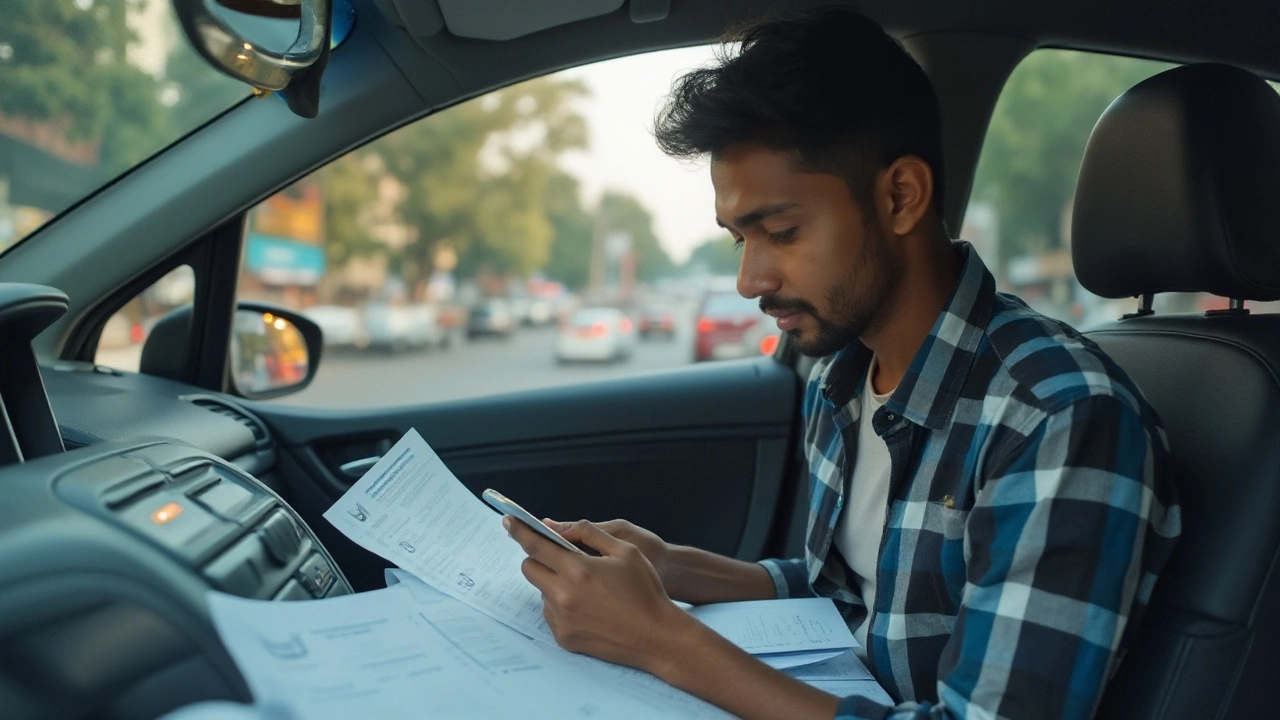Auto Insurance for Delivery: What You Need to Know
Running a delivery service means your vans, bikes, or trucks are on the road every day. If one of those vehicles gets into an accident, the costs can hit your business hard. That’s why the right auto insurance isn’t a nice‑to‑have—it’s a must. Below we break down the basics, the bits that affect your premium, and simple steps to get solid coverage without overspending.
Why Delivery Vehicles Need the Right Coverage
Delivery drivers face more risks than a regular commuter. They stop and start constantly, load and unload heavy parcels, and often work in traffic‑heavy zones. A single fender‑bender can lead to vehicle repairs, medical bills, and even lost orders. Liability coverage protects you if your driver is at fault and damages third‑party property or injuries. Comprehensive coverage steps in for theft, fire, natural disasters, or vandalism—common concerns for parked vans at warehouses.
Beyond the basics, many delivery companies add cargo insurance to cover the goods inside the vehicle. If a package gets damaged or stolen, cargo coverage can reimburse the loss, keeping your clients happy. Some insurers also offer driver‑personal‑injury protection, which helps cover medical costs for your employees regardless of who caused the accident.
How to Pick the Best Policy for Your Business
Start by listing the types of vehicles you use and the number of drivers on your payroll. Insurers calculate premiums based on vehicle age, usage mileage, driver experience, and the area you operate in. In India, you’ll need a policy that meets the Motor Vehicles Act requirements, but adding optional covers can save you from pricey claims later.
Shop around and compare quotes from a few providers. Look for insurers that specialize in fleet or commercial auto policies—they often have tools to manage multiple vehicles, track claims, and offer discounts for safety training. If your drivers complete a defensive driving course, you can usually negotiate a lower rate.
Read the fine print. Some policies have a “claims‑made” clause that only pays out if you file within a certain period after an incident. Others may exclude certain types of cargo or limit coverage for high‑value items. Make sure you understand the deductible you’ll need to pay out of pocket and how it impacts your premium.
Finally, keep your records tidy. Accurate logs of mileage, driver assignments, and maintenance schedules not only help you run a smoother operation but also make the claims process faster. When you’re transparent with your insurer, they’re more likely to offer better terms.
Bottom line: auto insurance is the safety net that lets your delivery business keep moving even when the unexpected happens. Choose a policy that matches your fleet size, driver profile, and cargo value, and don’t forget to revisit it every year as your business grows.
Best Insurance Options for DoorDash Drivers in 2025
Navigating the world of insurance can be complex for DoorDash drivers. In this article, we unfold the types of insurance policies needed to safeguard drivers while working. From auto insurance to business policies, we break down the essentials and share key tips to ensure you're fully covered on every delivery. Gain insights into legal requirements and practical advice for selecting insurance suited to your needs.
Read More